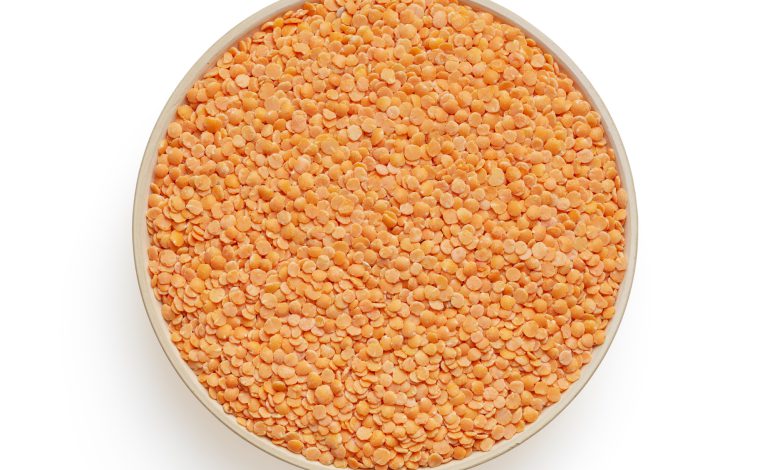8 Protein sources for vegans

Protein is an important nutrient essential for the growth and maintenance of tissues in the body. The most common sources of protein are meat and dairy products. For this reason, vegans or vegetarians can find it tough to supplement proteins in their diet. The good news, however, is that certain plant foods contain a significant amount of proteins. The following healthful plant-based foods have a high-protein content per serving:
Lentils
Lentils are legumes that are high in protein and fiber.They can be added to soups, salads, stews, and veggie burgers. They also have a low-fat content and are high in iron, potassium, and other nutrients. Once can also grind dried lentils to get gluten-free flour.
Photo by Mockup Graphics / Unsplash
Beans
Beans such as kidney, black, pinto, and most other varieties are important staple foods in many cultures and are some of the best sources of plant proteins. Most beans have about 15 grams of protein per cooked cup (170 grams). They’re also high in complex carbohydrates, fibre, iron, folate, phosphorus, potassium, manganese, and a variety of beneficial plant compounds. Furthermore, studies show that eating beans and other legumes can help lower cholesterol, manage blood sugar, lower blood pressure, and even reduce belly fat.
Photo by Tijana Drndarski / Unsplash
Almonds
Almonds are high in protein, fibre, vitamin E, magnesium, and calcium. They can be consumed whole, roasted, or ground into almond butter. They can also be mixed into oatmeal, yogurt, or baked goods. Almonds are also a healthy snack that can help you feel full for a long.
Photo by Jocelyn Morales / Unsplash
Green peas
Green peas have nearly 9 grams of protein per cooked cup (160 grams), which is slightly more than a cup of dairy milk (237 mL). Furthermore, a serving of green peas provides more than 25 per cent of your daily fibre, thiamine, folate, manganese, and vitamins A, C, and K requirements. Green peas are also high in iron, magnesium, phosphorus, zinc, copper, and a variety of B vitamins. Peas can be used in a variety of recipes including stews and salads.
Photo by David Todd McCarty / Unsplash
Vegetables
Protein-rich vegetables come in a variety of colors and textures. Broccoli, spinach, and kale are all good options. They can be eaten as salads, cooked as sides, or incorporated into the main course. If you’re looking for an easy way to get more protein from vegetables, try green smoothies.
Photo by Shelley Pauls / Unsplash
Peanut butter
Peanut butter is high in protein, fibre, and healthy fats. It can be eaten on toast, mixed into smoothies or yogurt, or baked. Peanut butter is a convenient and tasty way to increase your protein intake.
Photo by Towfiqu barbhuiya / Unsplash
Nuts and fruits
Many fruits and nuts contain a lot of proteins including bananas, avocados, raspberries, and pistachios. Fruits and nuts can be eaten as a snack or added to breakfast or lunch. Bananas are high in protein, potassium, and fibre while avocados are high in good fats, fibre, and vitamin C.
Raspberries are high in antioxidants and protein, while pistachios are high in protein, fiber, and vitamins. There are numerous nutritious and tasty fruits and nuts to choose from.
Photo by Juan Encalada / Unsplash
ALSO READ: The dangerous truth about added sugar
Quinoa
Quinoa is a grain that is high in protein and a complete protein. Quinoa has 8 g of protein per cup when cooked. Other nutrients found in this grain include magnesium, iron, fibre, and manganese. It is also extremely adaptable. Quinoa can be used in place of pasta in soups and stews. It can also be added to salads or eaten as a main course.
Photo by Pierre Bamin / Unsplash
Going vegan or vegetarian necessitates some preparation. People who avoid animal products, however, can eat balanced diets that support a healthy body and reduce the risks of some diseases by eating the right protein-based plant food. It is vital to consult with a doctor or nutritionist about dietary portions because vegan or vegetarian diets may lack some essential nutrients, necessitating the use of dietary supplements or learning how to incorporate foods high in these nutrients.




